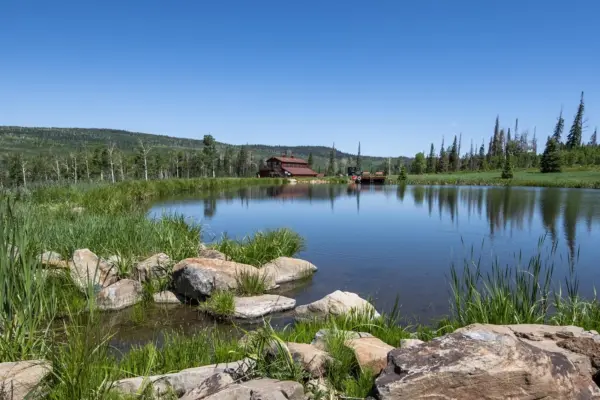“Whiskey is for drinking. Water is for fighting.”
You’ve heard this proverbial quote before, and today you hear it louder and more often in the Colorado River Basin. Western water law, western states water compacts, water policy, and decisions about how this limited public resource is allocated will continue to be extremely complex, and will remain a highly charged issue into the near future. Western water “grabbing” wars began in the mid-1800s during the gold rush. Periods of truce can last for decades, but during times of drought and western states’ population growth, the combatants take up arms, and the battle ensues.
The Colorado River Basin includes the Upper Basin States of Colorado, New Mexico, Utah, and Wyoming, and the Lower Basin States of Arizona, California, and Nevada. It also includes thirty tribal nations, and Mexico. Western states’ significant population growth, climate impacts, and the twenty-year megadrought—said to be the worst in 1200 years—have super-charged the water crisis, causing the basin river flows to decline faster than water managers anticipated. Under the terms of the governing interstate agreement for the Colorado River Basin, known as the 1922 Colorado River Compact, the Upper Basin states must deliver 7.5 million acre-feet of water annually on a 10-year running average to the Lower Basin states. Any excess water received, or left unused in the Upper Basin flows to the Lower Basin, because much of it cannot be stored in the Upper Basin mountain states.
In the past, the limited Upper Basin water storage has given Lower Basin States access to surplus water, which they have become reliant on, a fact that Upper Basin water managers insist has to change if the river is going to be brought into balance in the current, drier world. Lake Powell, located at the Utah-Arizona border, is the largest reservoir on the system, and was designed to ensure the Upper Basin States meet their legal obligation under the 1922 Compact to the Lower Basin States. Due to recording Lake Powell’s lowest level since it was built in 1963, and concerns about Powell’s hydropower production, in 2021 the US Bureau of Reclamation, which oversees water resources and administered under the Department of Interior, issued an emergency release of one million acre-feet (one acre-foot equals 326,000 gallons) of Upper Basin water in Flaming Gorge, Utah and in Blue Mesa Reservoir, Colorado. Considered a short-term band-aid by most water managers, the objective was to protect Lake Powell’s ability to produce hydropower that supplies much of the west, and more than fifty cities and electric companies in Colorado alone.

















